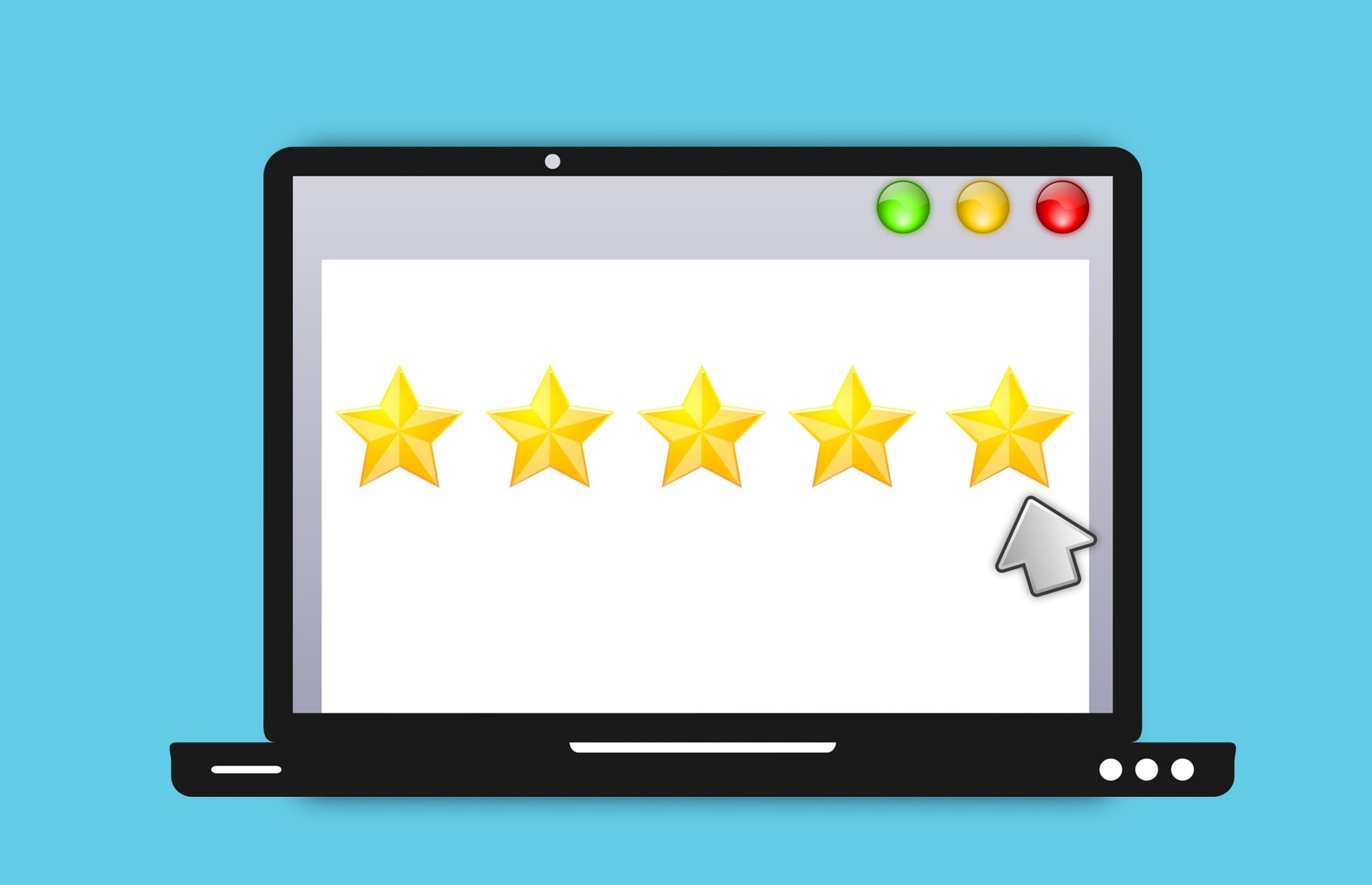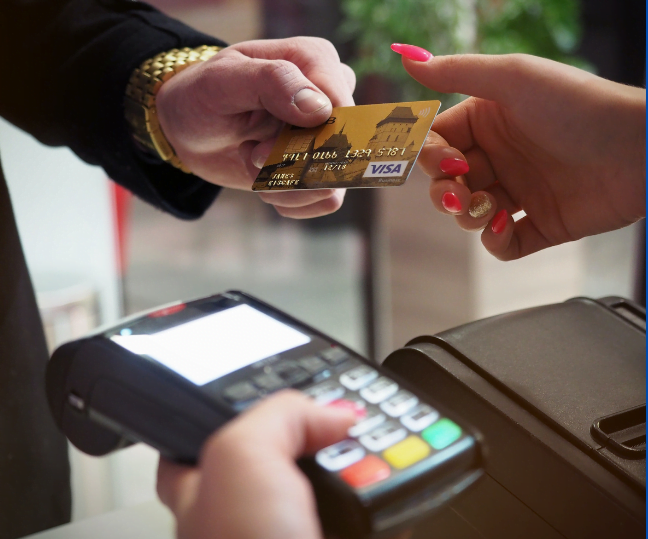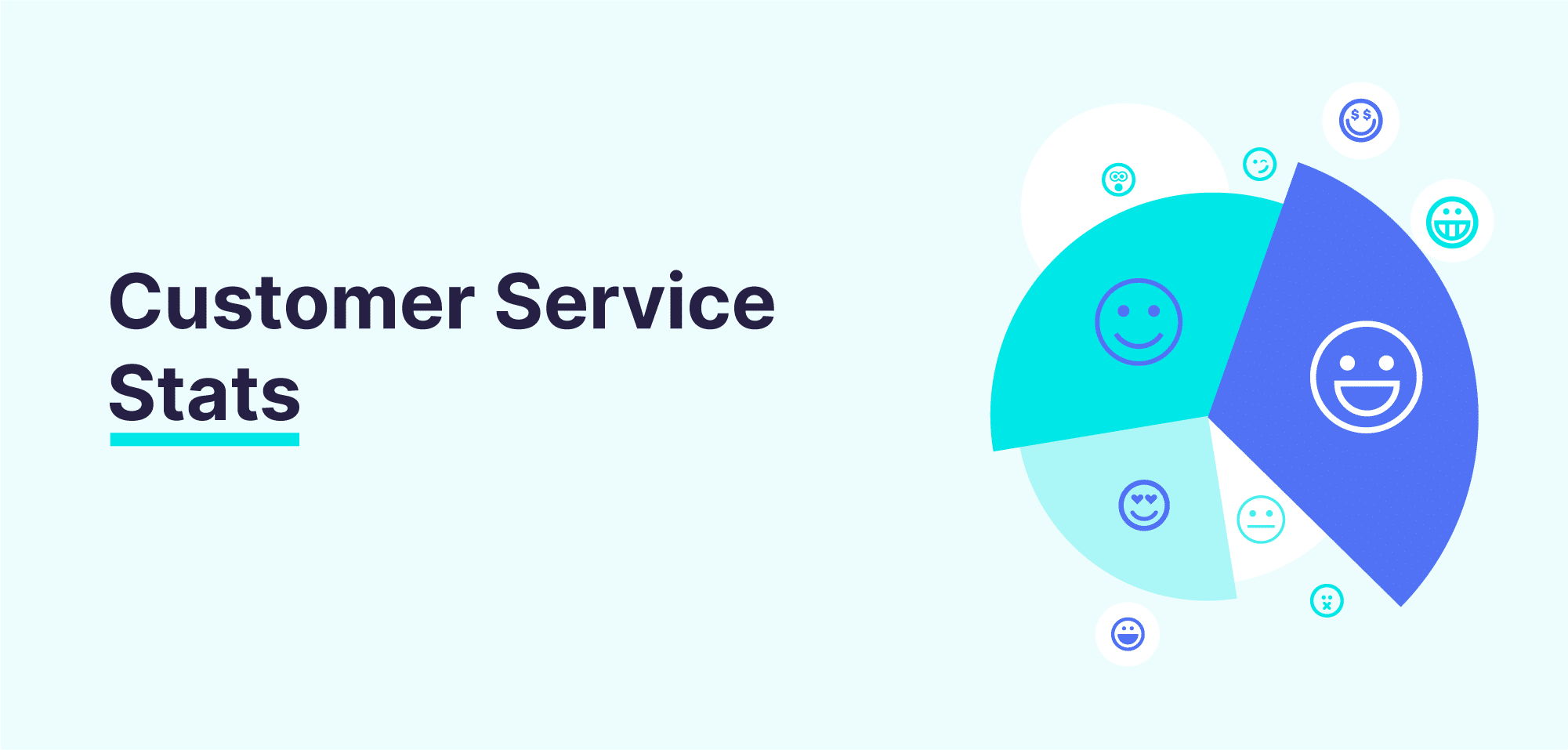An integral part of running a business is recognizing that even your most loyal customers will eventually leave if they think their needs are not being met. To keep your business thriving, you must focus on customer retention and improving your retention rate. This article covers some important tips to learn how to calculate your customer retention rate and what you can do to improve it.
What is customer retention rate?
Customer retention rate is how the business tracks its customer data. It is a key metric and very useful. It lets you know how well your company keeps customers over time. A higher customer retention rate means people are happy with your product or service and will stick around using it. If your customer retention rate dips, it would mean that there’s something wrong with your product or service or that people are leaving for a competitor.
Customer retention rate is an important metric to track. It can give you insights into how well your business is doing and where you might need to make improvements. You also need to account for your customers that left. Otherwise, your data will become skewed. If you start with ten customers and lose two, don’t count yourself as having a 120% retention rate. You can also wind up ignoring serious flaws in your business if you do not precisely calculate your customer retention rate.
Related Articles: What is Customer Satisfaction and Importance
Why is customer retention important?
The number one priority for any company has to be customer retention. After all, it costs a lot less to keep your customers happy than to expend resources to find new ones. Studies indicate that companies with highly-engaged customers have lower business costs, higher response rates, and more sustainable growth.
Customer retention is important because it allows businesses to keep their customers happy and improve their bottom line. By keeping customers longer, businesses can increase their revenue and profits while reducing costs. You need to track your churn rate and customer lifetime value to calculate your customer retention rates.
Your churn rate is the % of customers that cancel or do not renew their subscription with your company within a given period. Your customer lifetime value is the average amount of revenue a customer generates for your company during your relationship with you. You can divide your customer lifetime value by your churn rate to calculate your customer retention rate.
For example, if $1,000 is your customer lifetime value and your churn rate is 5%, your customer retention rate would be 20%. It means that, on average, each customer you have will generate $1,000 in revenue throughout their relationship with you and that 5% of them will cancel or not renew their subscription each year.
If you can increase your customer retention rate, you will increase the revenue and profit you generate from each customer. There are ways to increase your customer retention, such as offering discounts or coupons to customers who renew their subscriptions, providing excellent customer service, or improving the quality of your product or service.

How do you calculate customer retention rate?
The most common approach to calculating customer retention is to take the number of customers you have at the end of a period and divide it by the number of customers you had at the beginning of that same period. This will give you your customer retention rate as a percentage.
When determining your company’s retention rate, identify the time frame that you want to study. Identify the existing customers at the start of the period (S). Next, find the number of new customers added within the same period (N). Then determine the number of total customers at the end of the period (E). The formula for calculating customer retention rate is as follows:
[(E-N)/S] x 100 = CRR
If you want to get a little more sophisticated, you can also use something called the cohort method. It involves tracking groups of customers or cohorts over time and seeing how many of them stick around. This is an excellent way to identify any problem areas in your business that might be causing customers to leave. Calculating your customer retention rate is a valuable exercise regardless of your method. It will pinpoint areas of your business that need improvement and track your progress over time.
Retention Rate vs. Churn Rate
Understanding the difference between customer retention and customer churn rates is vital. Customer retention rate is the % of customers who stay with a company over a period of time, whereas the customer churn rate is the % of customers who leave a company over that time.
Calculating customer retention rate is relatively simple: you take the number of customers at the beginning of a defined period and subtract the number of customers lost during that same period, then divide that number by the number at the beginning. Multiplying this figure by 100 will give you your customer retention rate as a percentage.
On the other hand, your churn rate is the inverse of your customer retention rate. If you have an 80% customer retention rate, it means that your churn rate is 20%. You can also calculate your churn rate by dividing the total number of lost customers by the original number of customers and multiplying by 100.
Understanding both retention and churn rates are important because they can give you different insights into your business. For example, a high retention rate may mean that your customers are happy with your product or service, but a high churn rate may mean that you’re not acquiring new customers fast enough to offset the ones leaving.
Other Key Customer Retention Metrics
Customer retention is not the only key metric to measure how well a company keeps its customers over time. While this is an important metric to calculate, there are a few other key metrics to keep in mind.
Revenue churn
A revenue churn is the percentage of your monthly recurring revenue lost this month, calculated as the amount of money you lost over a given period, divided by the amount of money you had at the beginning of that same period, multiplied by 100.
Unlike the customer churn rate, revenue churn measures the number of customers you have and how they affect your bottom line. If you have a tiered pricing model, or if many of your customers are downgrading rather than churning, revenue churn is a better measure. Tracking revenue churn can help emphasize the impact of customer churn. This approach may consider the savings that come with attracting more customers.
Net Promoter Score
The Net Promoter Score (NPS) is a tool used to measure customer loyalty. It is reached by sending customers one question: What are your thoughts on how likely you are to recommend the company’s product?
Customers are ranked based on how they respond to a company. Those who give a low score are “detractors,” while those in the midrange are “passives,” and customers at the top are “promoters.” The aggregated results of the responses give each company their overall NPS. Identifying who is at risk of churning using NPS will reduce the chance that they will do so.
Repeat purchase rate
The repeat purchase rate is the % of customers who continue to do business with your company after making their first purchase. You calculate it by dividing the total number of return customers by the total number of customers.
The repeat purchase rate helps you ensure that customers return to you instead of defecting to any other business in the same industry. How many transactions it takes for a customer to qualify as “loyal” is up to you. The loyal customer rate formula is the same as the one prior, but it targets a smaller number of customers.
Customer Lifetime Value (CLV)
A customer lifetime value is a measure that can consider the costs of acquiring and retaining customers to calculate the true value of keeping that customer. The most commonly used formulas are based on a business’s simple and complex needs, but there are many different types.
The CLV equation is as follows: (Average order value x Repeat purchase rate)– Customer acquisition cost. Another way to calculate CLV is the average number of transactions in a period multiplied by the average order value multiplied by the average gross margin multiplied by the average customer lifespan divided by the total number of customers.
CLV helps you decide which strategy to use, whether it should be marketing or retention. Sometimes, you can help prioritize your user with a low CLV by encouraging them to make additional purchases and putting more resources into satisfying your customers. If your customers have a high CLV, you can more than afford to spend more on acquisition. It is definitely worth noting that you shouldn’t just look at the CLV of your entire customer base but should instead figure out a CLV for each customer segment.
Related Articles: How to deliver consistently good customer service
How to improve your customer retention rate?
Improving the customer retention rate is quite simple:
- Keep your promises. If you tell your customers that you will provide a certain level of service, make sure that you deliver on that promise.
- Be responsive to customer needs. If your customers have questions or problems, address them promptly.
- Offer incentives for loyalty. Reward customers for staying with your business with discounts, coupons, or other perks.
- Get feedback and act on it. Listen to your customer feedback on how you can improve their experience and then take action based on their feedback.
It is imperative to make sure you have a great product or service that people will want to use. This sounds obvious, but it’s important. If people don’t like your product, they will not stick around. Make sure you’re constantly improving and evolving your offerings to meet your customers’ needs.
Another thing you can do is focus on the customer experience. Every interaction a customer has with your business should be positive and helpful. If they have a bad experience, they’re more likely to leave. Make sure your customer service is top-notch, and you’re always looking for ways to improve the customer experience.
Finally, you can try to increase customer loyalty. You can do this by offering loyalty rewards or discounts or making it easy for customers to give feedback to help improve your product or service. The goal is to make your customers feel like they’re part of a community and that they’re your business values them. Following these tips can improve your customer retention rate and keep your business thriving.
Some common questions can take you further to ensure a good customer retention rate.
What is a good customer retention rate?
A customer retention rate can vary based on the industry. While 100% retention is something to aspire for, you may have to settle for a more- than-average rating. The average customer retention rate is around 20% in most industries. The average mark is 35% in the SaaS industry and 20% in the media and coverage industry. This is the rate to go by to know how good you are at bringing in new customers while holding on to existing customers.
Who is responsible for customer retention?
You may think that the responsibility lies with the customer support teams. But they do not work in isolation. The onus of maintaining high customer retention is on various teams, including the product team, sales, and marketing teams, customers, and account management team, as they all have a role to play in keeping customers satisfied.
Conclusion
The takeaways from this blog include tracking your customer retention rate to identify areas that need improvement; paying attention to the factors that affect customer retention, such as customer satisfaction, customer loyalty, and customer lifetime value. Finally, develop the right strategies to improve customer retention, such as providing excellent customer service, developing loyalty programs, and offering discounts and promotions. By tracking your customer retention rate and identifying areas for improvement, you can make changes to your business that will result in more customers staying with you. By providing excellent customer service, developing loyalty programs, and offering discounts and promotions, you can make your business more attractive to customers and encourage them to stick around for the long haul.



















